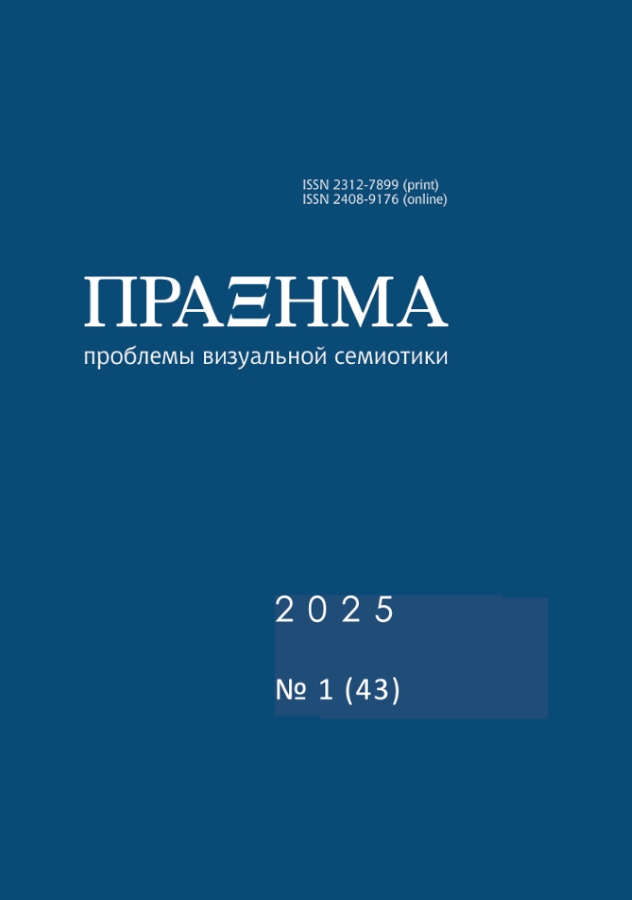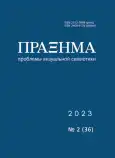КАК УСТРОЕНА НАУКА: ВИЗУАЛЬНАЯ ОРИЕНТАЦИЯ В СЕМИОТИЧЕСКОМ ПРОСТРАНСТВЕ
- Авторы: Жуков Л.Б.1
-
Учреждения:
- Региональная общественная организация «Институт проблем связей с общественностью»
- Выпуск: № 2 (2023)
- Страницы: 103-114
- Раздел: ИНДИКАТОР ВИЗУАЛИЗАЦИИ ГРАНИЦ В «УСТРОЙСТВЕ» НАУКИ
- URL: https://journals.rcsi.science/2312-7899/article/view/270267
- DOI: https://doi.org/10.23951/2312-7899-2023-2-103-114
- ID: 270267
Цитировать
Полный текст
Аннотация
Ключевые слова
Об авторах
Леонид Борисович Жуков
Региональная общественная организация «Институт проблем связей с общественностью»
Email: lbg@rpri.ru
научный руководитель Ул. Хамовнический вал, д.38, оф.124, Москва, 119048, Россия
Список литературы
- Бор 2012 – Бор Н. Избранные научные труды : в 2 т. / под ред. И. Е. Тамма и др. М. : Наука, 1971. Т. 1.
- Галилей 1987 – Галилей Г. Пробирных дел мастер / пер. Ю. А. Данилова. М. : Наука, 1987.
- Кант 2015 – Кант И. Критика чистого разума / пер. с нем. Н. Лосского. М. : Эксмо, 2015.
- Луман 2007 – Луман Н. Социальные системы. Очерк общей теории / пер. с нем. И. Д. Газиева. СПб. : Наука, 2007.
- Полани 1985 – Полани М. Личностное знание. М. : Прогресс, 1985.
- Поппер 2002 – Поппер К. Р. Объективное знание. Эволюционный подход / пер. с англ. Д. Г. Лахути; отв. ред. В. Н. Садовский. М. : Эдиториал УРСС, 2002.
- Серов 2005 – Серов В. Энциклопедический словарь крылатых слов и выражений. М. : Локид-Пресс, 2005.
- Степин 2003 – Степин В. С. Теоретическое знание. М. : Прогресс-Традиция, 2003.
- Фреге 2008 – Фреге Г. Логико-философские труды / пер. с англ., нем., франц. В. А. Суровцева. Новосибирск : Сиб. унив. изд-во, 2008.
- Spencer-Brown 1979 – Spencer-Brown G. Laws of Form. New York : E. P. Dutton, 1979.
Дополнительные файлы







